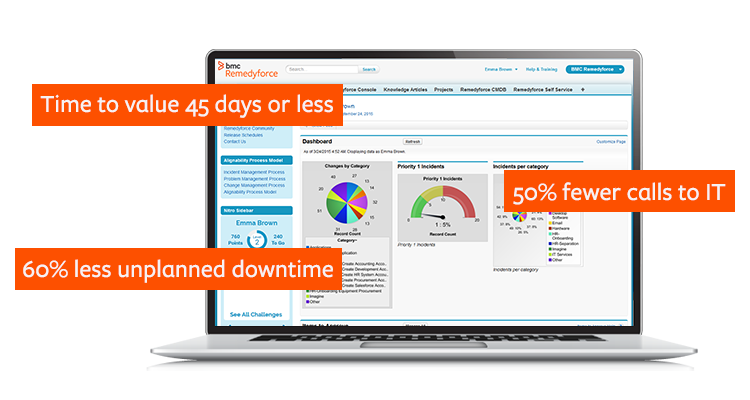5G is expected to create significant new business opportunities for communications service providers (CSPs). The demand for broadband mobile data services that significantly increased during the pandemic has accelerated 5G deployments. As a result, 5G has become the fastest-adopted mobile generation. In fact, according to Telecoms.com, by the end of 2021, more than 150 CSPs in over 60 countries had already launched commercial 5G services (TechTarget).
However, ultra-fast mobile data access is just one facet of the “5G game.” 5G has also been designed as a single platform to create significant new revenue streams for CSPs from a variety of non-communication services such as enhanced mobile broadband (eMBB), ultra-reliable low latency communications (URLLC), and massive machine communication (mMTC)—all enabled by 5G network slicing.
The real revolution brought about by 5G (5G standalone) and related Open radio-access network (O-RAN) standards is a cloudified core and radio access network architecture that is separating the network from its physical infrastructure. As a result, future telco networks will look more and more like contemporary IT infrastructure.
They will be software-defined and composed of standardized virtual network functions that can be flexibly deployed on distributed private, hybrid, or public cloud platforms—and they’ll run on standard IT infrastructure, rather than traditional vendor-specific, proprietary hardware “boxes.”
A similar cloudification process has been ongoing for nearly a decade in the domain of telco IT. It started with the virtualization of CSPs’ datacenters, followed by the launch of private clouds. Several European, Middle Eastern, and Africa (EMEA) CSPs have already started refactoring some of their operations support and business support systems (OSS/BSS) “application silos” by migrating them to cloud-native architectures while introducing DevOps culture into their organizations.
Echoing this, traditional OSS/BSS vendors (including BMC) are also containerizing their previously monolithic applications to enable flexible deployments in private, hybrid, and public clouds. Containerized architecture will likely become one of key procurements requirements for newly deployed OSS/BSS solutions.
Due to this virtualization and cloudification, telco IT and network infrastructures will finally converge, resulting in much higher flexibility; reduced costs; improved organizational agility; and continuous service innovation. However, this process will also create new operational challenges as CSPs will have to concurrently manage and orchestrate the virtualized functions that “float” over the elastic cloud infrastructure and co-exist with the legacy infrastructure for many years to come.
For these reasons, leading CSPs are now looking for future-proof “converged” OSS solutions that will allow them to effectively and efficiently manage and operate existing IT and networks and the emerging cloudified future mesh infrastructure. Intelligent automation powered by artificial intelligence and machine learning (AI/ML) has transitioned from a “hot topic” of conversation to a business-critical requirement for CSPs.
Manual processes and traditional service assurance systems are insufficient to keep up with the speed, volume, and complexity of current CSPs, and they are not well-suited for cloudified networks, either. This makes it imperative for CSPs to completely reinvent how they approach all aspects of their services.
BMC Helix for CSP
To respond to these new requirements, BMC has launched BMC Helix for CSP, a specialized, purpose-built, TM Forum-certified intelligent service assurance solution to help modern CSPs and telcos deliver competitive and differentiated services for their highly competitive market. Now, CSPs can use one flexible and modular solution for both service assurance and service management across IT and network domains. Integrated orchestration and automation features allow CSPs to streamline their operations and drive process efficiencies, reduce costs, and speed issue resolutions.
Additional features include:
- Intelligent service assurance: Easily scale to manage millions of cases with leading self-service and service desk solutions.
- Trouble ticketing: Efficiently identify, investigate, track, and remediate network issues.
- Work order management: Streamline management of remedial activities through automation.
- Network operations automation: Automate the creation, enrichment, assessment, and assignment of network issues and operations for network operations centers (NOCs).
- Dynamic service modeling: Experience 360-degree visibility of network services, resources, and interdependencies, including physical and logical network topology.
- Service quality insights: Use interactive dashboards and service analytics for service level agreement (SLA) tracking, performance levels, and more.
- TM Forum compliant integration: Get extensive API certifications for essential ecosystem integrations from a solution based on TM Forum information framework (SID) and business process framework (eTOM) modeling standards.
To learn more about BMC Helix for CSP, visit bmc.com/csp.







